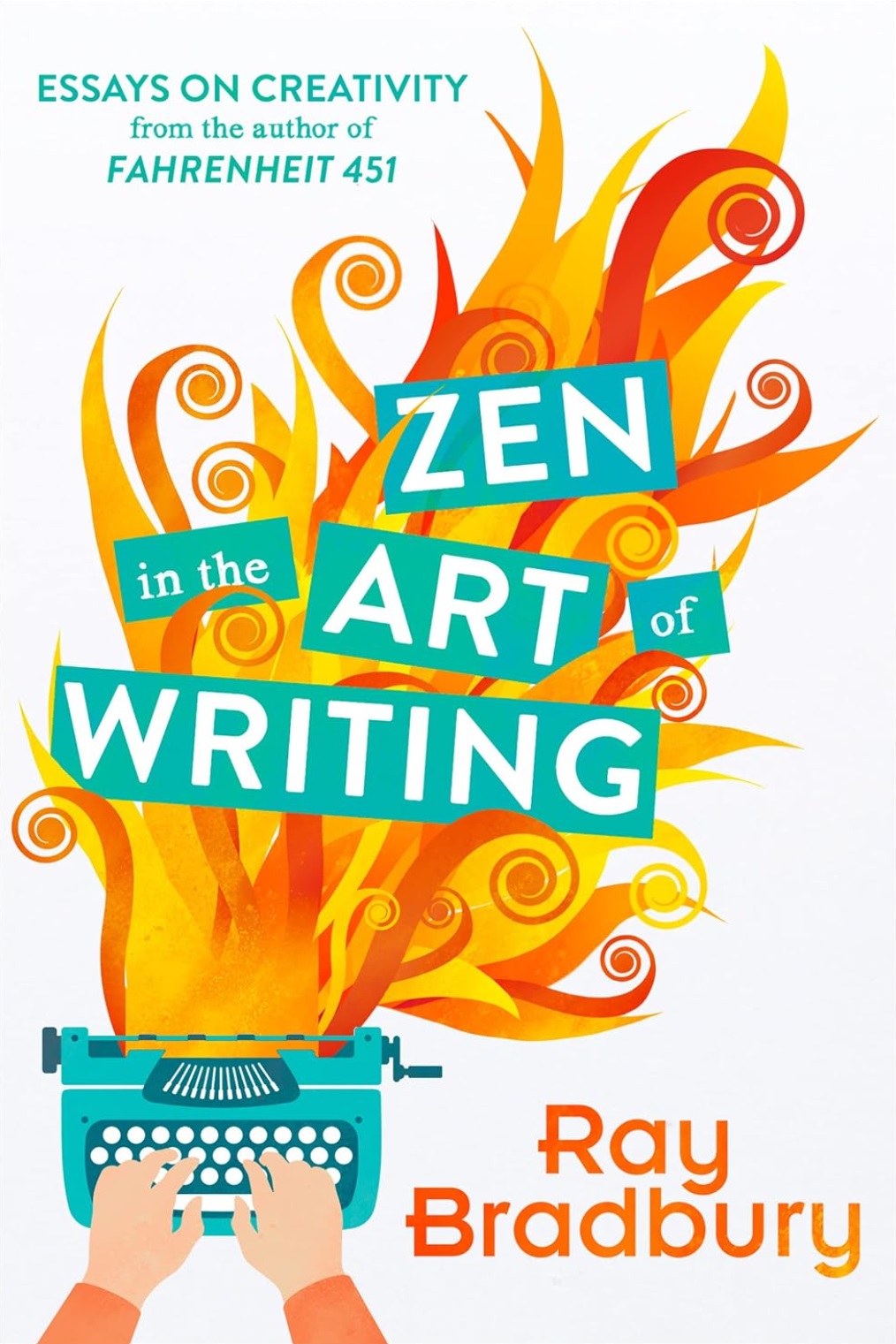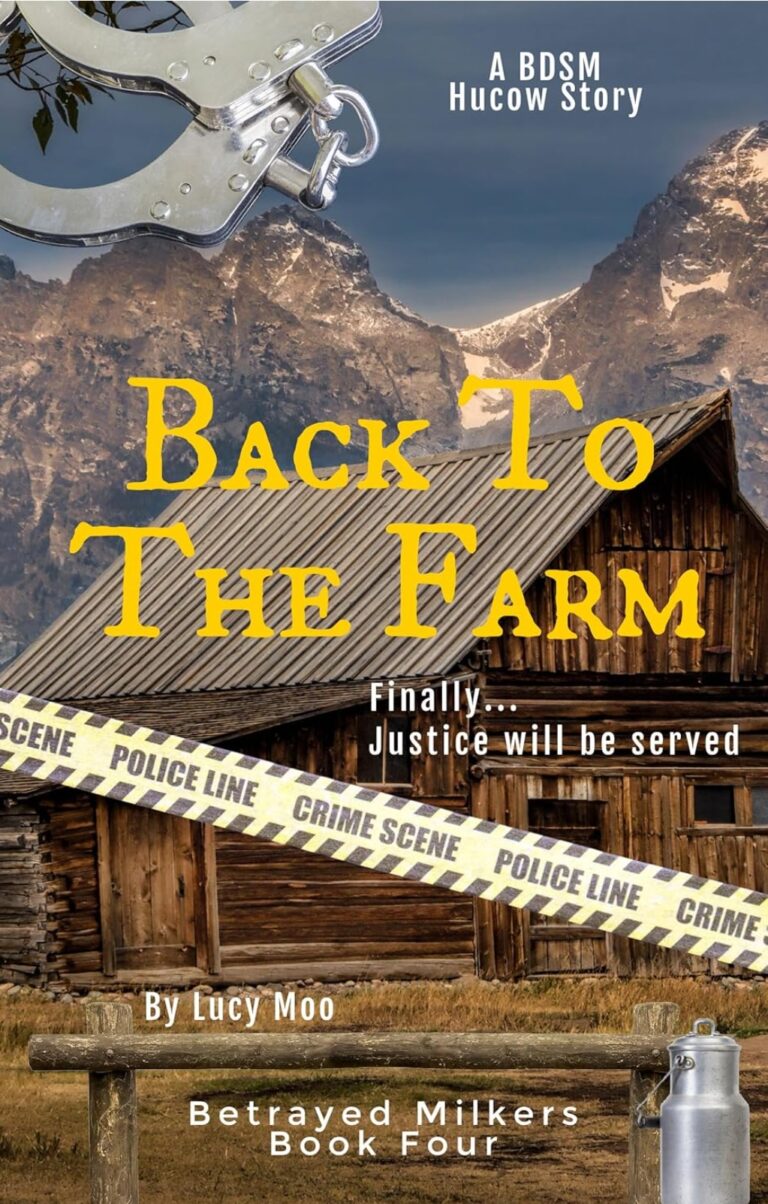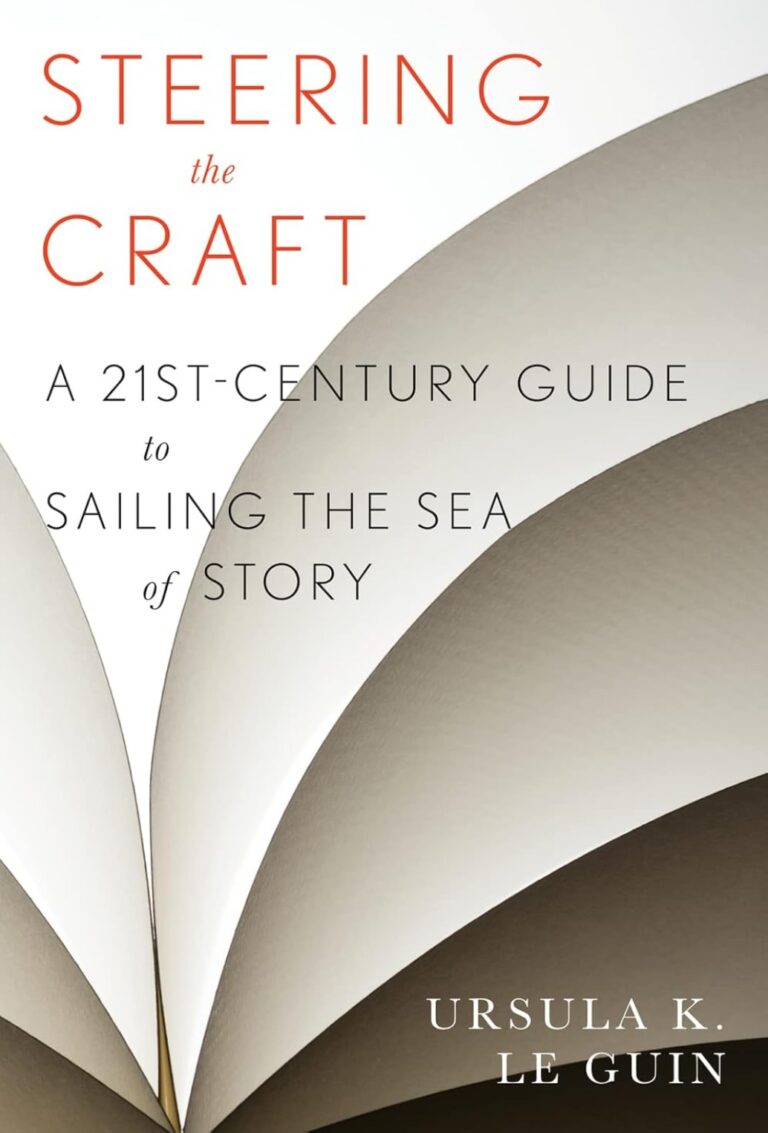Writing hucow romance is such a unique and rewarding journey. I’ve found that character development is at the heart of keeping readers emotionally invested in the story, and it’s an essential skill for any writer, especially in our niche.
Whether your story is set on a futuristic farm or an alien planet, your characters drive the narrative. They’re the reason readers keep turning the pages and return for more.
In this post, I’ll walk you through some of the most important aspects of character development in hucow fiction, linking back to some specific posts I’ve written previously that delve deeper into each topic.
Let’s explore how to craft strong heroines, powerful alpha males, and side characters that truly enrich your story.
Table of Contents
ToggleBalancing Vulnerability and Strength in a Hucow Heroine
A compelling heroine is one who balances vulnerability and strength. In hucow romance, this balance is especially important because it allows readers to connect with the heroine on an emotional level, while also feeling the tension of her submissive role.
In a hucow story, you want your heroine to be relatable—she’s navigating new, sometimes overwhelming experiences, but she’s not a passive character.
She has her own desires and agency, even as she finds herself in submissive or erotic situations.
One post I wrote that goes into this concept is Balancing Vulnerability and Strength in a Hucow Heroine, where I discuss how to write heroines who feel emotionally real.
You don’t want her to be too perfect; readers need to see her struggle, have doubts, and find her strength as she embraces her new life.
The Emotional Journey
Think about how vulnerability can be shown in your heroine’s early interactions—maybe she’s unsure of herself or hesitant to accept the changes happening to her body or her role.
But alongside that, you weave in moments where her inner strength shines through. It could be as simple as her determination to adapt or her subtle defiance in situations where she’s expected to submit.
This tension between vulnerability and strength is key to making her feel real and relatable.
Crafting Dominant but Caring Alpha Males
What’s a hucow story without a strong alpha male? But here’s the thing—alpha males can’t just be one-dimensional. It’s not enough for them to be dominant; they need depth, too.
Readers love alpha males who can be powerful and commanding while still having a softer, caring side. In Crafting Dominant but Caring Alpha Males in Hucow Stories, I explore how to write these characters in a way that makes readers swoon, not just for their strength, but for the tender moments they share with the heroine.
The Balance of Power and Protection
In a hucow story, the alpha male might be responsible for training, breeding, or caring for the heroine, but his protectiveness and compassion are what truly draw readers in.
Think about those moments where he shows concern for her well-being or when he gives her space to adjust to her new role. These caring traits can make him feel real, like someone readers want to see the heroine fall for.
Emotional Growth from Resistance to Embrace
A critical element of any hucow romance is the heroine’s transformation—not just physically, but emotionally. In many cases, the heroine starts out resistant, unsure about the changes happening to her.
The emotional journey she undergoes as she moves from resistance to acceptance is where much of the story’s power lies. Emotional Growth of the Hucow from Resistance to Embrace covers this journey in detail, helping you craft a compelling arc for your character.
The Stages of Transformation
In the beginning, your heroine might resist the changes. Maybe she’s scared or unsure of what’s happening to her. Over time, though, she starts to realize the pleasures and benefits of her new life.
In a hucow story, you can show this gradual shift through her internal monologue, her reactions to the alpha male, or her growing connection with her own body.
This transformation is crucial for making the story feel satisfying, as readers love to see her come into her own.
Adding Depth with Supporting Characters
Supporting characters can make or break a hucow story. These characters, whether they are other hucows, farmhands, or antagonists, help flesh out the world and add layers to the plot.
In Adding Depth with Supporting Characters, I explore how to give these characters enough personality and purpose to make them feel essential to the story, without overshadowing your leads.
Secondary Characters with Purpose
Maybe the heroine has a close friend who’s already a hucow, guiding her through the changes. Or perhaps there’s a rival who creates tension between the heroine and the alpha male.
These characters add depth to your world and make it feel more alive. Use them to reflect different aspects of the heroine’s journey or to challenge the relationship between her and the alpha male.
The Power of Backstory: Trauma, Secrets, and Desires
Every character has a past. In hucow stories, this backstory is often tied to trauma, secrets, or unfulfilled desires. Backstory adds depth, showing why a character reacts the way they do in the present.
In The Power of Backstory: Trauma, Secrets, and Desires, I discuss how to use a character’s past to enrich their emotional journey.
Revealing Trauma
Maybe your heroine has a past that makes her fearful of intimacy, or perhaps the alpha male has experienced loss that makes him overly protective. These emotional scars can add a lot of depth to your characters and help explain their actions.
Use backstory sparingly at first, revealing bits and pieces as the plot progresses. This keeps readers engaged and eager to learn more.
15 Trauma Examples for Hucow Characters
Trauma is a powerful tool in storytelling, but it has to be handled delicately. In 15 Trauma Examples for Hucow Characters, I explore common traumas that can shape your characters, from abandonment to betrayal, and how to use them effectively in your narrative.
Using Trauma to Drive Character Development
A trauma-based backstory can explain a character’s motivations and fears. Maybe your heroine was betrayed in the past, making her hesitant to trust the alpha male.
Or perhaps she’s experienced loss, which makes her more vulnerable and in need of the alpha’s protection. These traumas don’t just add drama—they shape how the character interacts with others and how they evolve over the course of the story.
Bringing It All Together
Character development is a journey. Whether you’re crafting a strong hucow heroine, a dominant alpha male, or a rich cast of supporting characters, the key is to create depth and emotional arcs that feel real.
You want readers to connect with these characters, to feel their struggles and triumphs, and to be invested in their growth.
By balancing vulnerability with strength, giving your alpha males depth, and ensuring that every character has a backstory that drives them forward, you can create hucow stories that are not only erotic but deeply emotional and compelling.
And don’t forget to use those secondary characters to enrich the world you’re building. They can be just as crucial to the story as your main leads.
The posts I’ve linked to throughout this pillar post go into even more detail on each of these topics, so feel free to explore them for more tips and insights.
References
If you wish to learn more about the topics I covered in this article, please refer to the following blog posts on this website:































